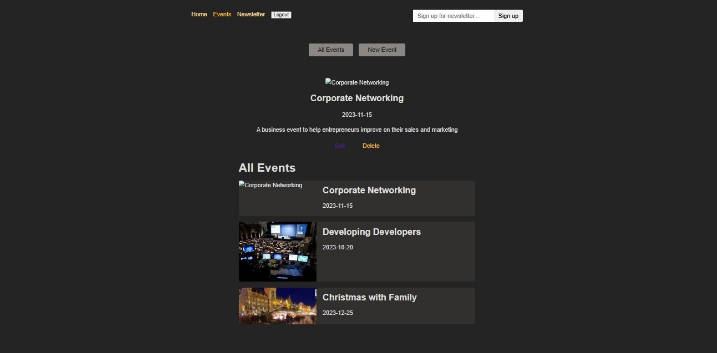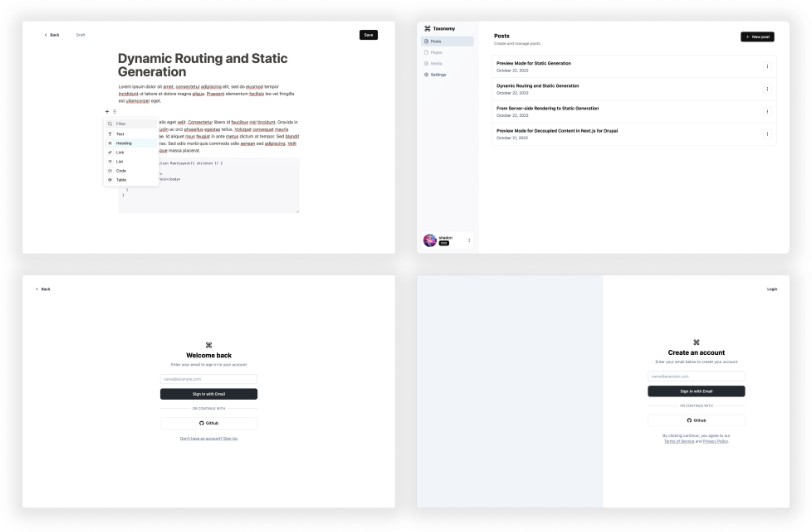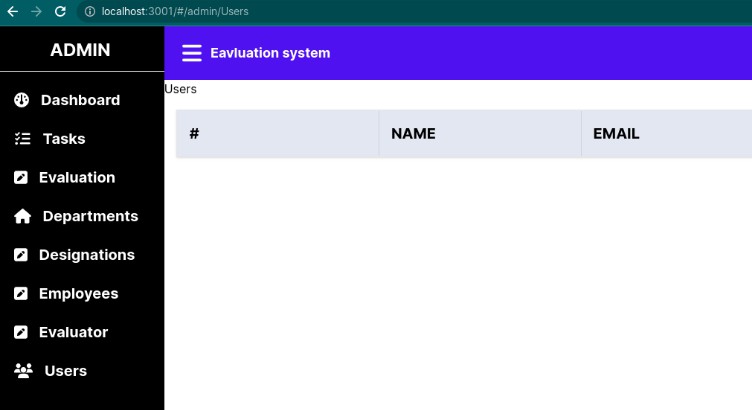Atomic-router-forest
React bindings for atomic-router
Installation
Install the router and forest bingings:
npm i atomic-router atomic-router-forest
Don’t forget about peer dependencies, if you haven’t installed them yet:
npm i effector forest history
Usage
First of all you need to create Link component to route to from the UI.
In general, you need to create you own internal library router or something like:
// src/shared/lib/router.ts
import {createLink} from 'atomic-router-forest';
export const Link = createLink();
For each page you need to create a route instance:
// src/shared/routes.ts
import {createRoute} from 'atomic-router';
export const home = createRoute();
export const postsList = createRoute();
export const postView = createRoute<{postId: string}>();
Now you can create each page:
// pages/home/index.ts
import {h, text} from 'forest';
import {withRoute} from 'atomic-router-forest';
import * as routes from '~/shared/routes';
import {Link} from '~/shared/lib/router';
export function HomePage() {
h('div', {
classList: ['flex', 'flex-col'],
fn() {
// This allows to show/hide route if page is matched
// It is required to call `withRoute` inside `h` call
withRoute(routes.home);
text`Hello from the home page`;
Link(router.postList, {
text: `Show posts list`,
});
},
});
}
And the same for the other pages. You can pass params and query into the Link:
Link(routes.postView, {
params: {postId: remap($post, 'id')},
text: remap($post, 'title'),
});
// or
Link(routes.postList, {
query: {offset: $currentOffset.map((offset) => offset + 10)},
text: 'Show next posts',
});
Next step you need to define your paths for each route:
// src/pages/index.ts
// ~ stands for root alias
import * as routes from '~/shared/routes';
import {HomePage} from './home';
import {PostListPage} from './post-list';
import {PostViewPage} from './post-view';
export const ROUTES = [
{path: '/', route: routes.home},
{path: '/posts', route: routes.postsList},
// be sure your postId parameter matches generic parameter in `createRoute`
{path: '/posts/:postId', route: routes.postView},
];
export function Pages() {
HomePage();
PostListPage();
PostViewPage();
}
Last step is create router and link it with the Link and App:
// src/app.ts
import {sample, createEvent} from 'effector';
import {h, node, using} from 'forest';
import {createBrowserHistory} from 'history';
import {createHistoryRouter} from 'atomic-router';
import {linkRouter, onAppMount} from 'atomic-router-forest';
import {ROUTES, Pages} from '~/pages';
import {Link} from '~/shared/lib/router';
// Create history instance and router instance to control routing in the app
const history = createBrowserHistory();
const router = createHistoryRouter({routes: ROUTES});
// This event need to setup initial configuration. You can move it into src/shared
const appMounted = createEvent();
// Attach history for the router on the app start
sample({
clock: appMounted,
fn: () => history,
target: router.setHistory,
});
// Add router into the Link instance to easily resolve routes paths
linkRouter({
clock: appMounted,
router,
Link,
});
function Application() {
Pages();
onAppMount(appMounted);
}
using(document.querySelector('#root')!, Application);
That’s all!
SSR guide will be there asap.





